Greenland is the place the rest of the world forgets.
If that sounds like a sweeping generalisation, name one famous Greenlander, or utter one word in Greenlandic, and prove us wrong.
But all of this could be about to change with the publication of a daring new novel by first-time writer, Niviaq Korneliussen, whose book Homo Sapienne (published in English as Crimson) has catapulted her into the spotlight.
Niviaq recently took some time out to speak with us.
You grew up in Nanortalik, south Greenland. What was that like – particularly for someone who spent her adolescence spray-painting anarchy symbols and realising they were gay?
Nanortalik is a very small town with 1500 people back then. It was very peaceful to grow up there. I was friends with many other children, and we hung out outside every single day, no matter what weather. I grew up very freely. I could just go out without my parents, as long as I promised to stay out of danger and went home for my curfew. We were all friends, no matter what background we came from, and I believe that has made me a more open person, because I understand other people’s struggles. But when I became a teenager and knew that I was going to leave my hometown soon, I became quite restless, because I knew that there was a world out there with new people and new experiences, and I couldn’t wait to become independent and find my own place in this life. I knew that I wouldn’t be able to move back to Nanortalik, that I needed to be in a place where I could be a bit more anonymous. It didn’t feel like a prison, but I just knew I wanted more. I actually denied being gay for a very long time, because I had no idea what that meant. But I knew deep inside. So I guess that made me even more restless and rebellious.
How did you begin as a writer? Do you see the pop singer, Pink, as your muse?
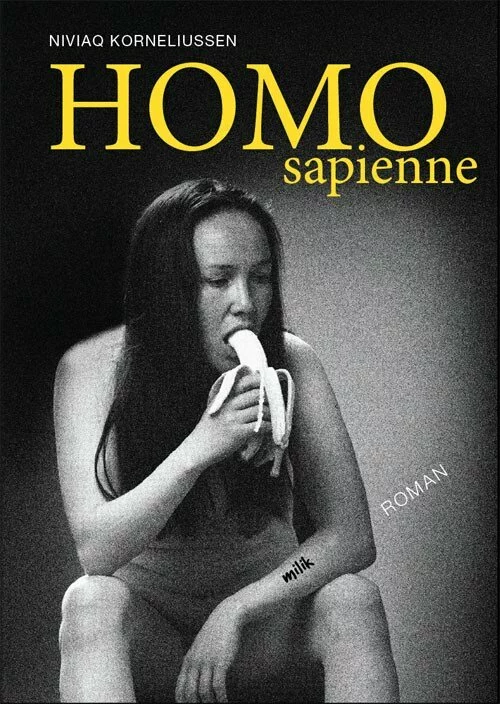
A stunning debut: Homo Sapienne
Ever since I looked at my big sister write in her diary, I was jealous that she was able to use words to express herself. Then when I knew how to spell, it was a bit difficult to learn how to use these words. But when I became a teenager and was more experienced in writing in general, I discovered the magic of writing. I could create people that I’d like to meet, I created stories that were interesting and new, I was in control over the events and the situations, and that way could get away from the people from my small city. The world opened up to me and my uneasiness disappeared after I finished a story. I didn’t really think of becoming a published writer, because my writing is just something I do for myself, but the publishing part came along when I knew more about it. My muse changes all the time. Sometimes it’s music, sometimes it’s people I see in the buses, the airport, on Facebook. I observe a lot. I am very interested in knowing about an interesting person, and sometimes I kind of get in trouble for being too curious, for asking too many questions. But that’s just how I am. I am extremely curious and observing, and that sometimes scares people.
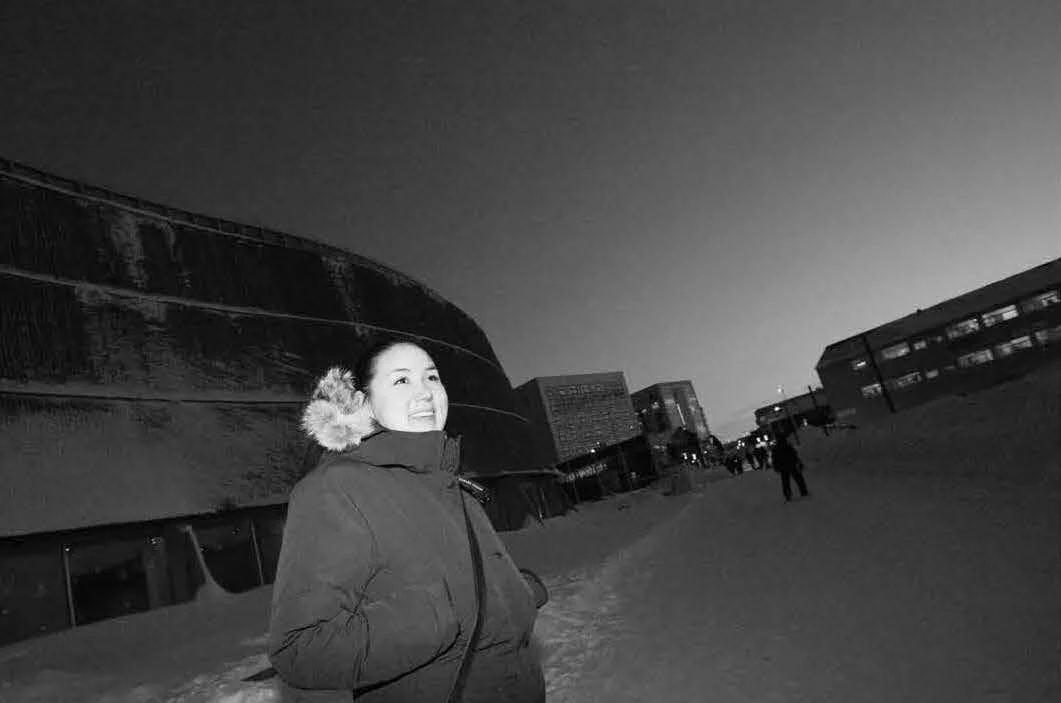
At home in Greenland (photo courtesy of publisher)
Do you see Homo Sapienne as a traditional Greenlandic book? If not, how is it different and why do you think it has resonance with readers across the world considering it’s being translated into English and published as Crimson?
Homo sapienne is not very traditional. I mix my languages in the book in Greenlandic, Danish and English. I use the modern kind of communication, Facebook and text messages. I don’t mention the nature or my ancestors and that’s pretty common in Greenlandic literature. I talk about queer people and that’s very new. I criticise my own people and that’s pretty unusual too. I think different countries are interested in my book because it’s about very human and natural problems, such as love, hatred, relations, loneliness, belonging and last but not least IDENTITY: national identity, sexual identity etc. Almost everyone can recognise that.
Has the positive response to Homo Sapienne/Crimson surprised you?
Yes I was very surprised in the beginning. I had no idea that it was going to become that big. I hoped to talk a bit about it in Greenland and that a few hundred people would be interested in reading it, but I really didn’t have many more expectations, so that was a very nice surprise. It took some time to get used to having that many readers.
Although Greenland has held a Nuuk Pride, it hasn’t run for the past two years. Do you think it’s getting easier or harder to be gay in Greenland?
I think we’re just too few people who have time to organise Gay Pride, so it has nothing to do with whether or not it has become harder. I think it’s getting better all the time. Also in the elder generations. More people (especially men from the older generations) are now out of the closet, and even though some people still have prejudices, I think we are on the right path, and people are very good at adapting very quickly to new circumstances. Hate crimes are rare.
You studied in Denmark but returned to Greenland. Is this where you see yourself staying? What’s the best thing about life there?
I don’t know about staying. Right now it’s my home. But I don’t know how I’d be if I didn’t travel as much as I do. I’m pretty sure I’d get bored and feel an urge to travel. But when I’ve been gone for a long time, I really enjoy coming home to Nuuk where I can just breathe and relax. Nature is certainly the best part of living here. My view from home means a lot. It means a lot to be able to look out the window and see the ocean and the sunsets. The people are very warm too.
Do you have a favourite place in Greenland?
The Tasermiut Fjord near Nanortalik is my absolute favourite. It’s paradise. Everyone on earth should have the chance to see how mesmerizing it is.
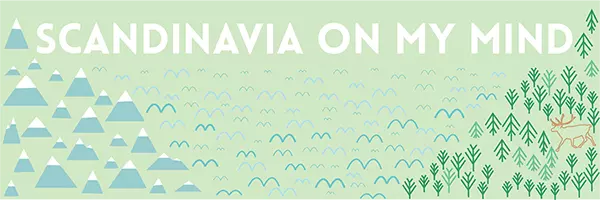
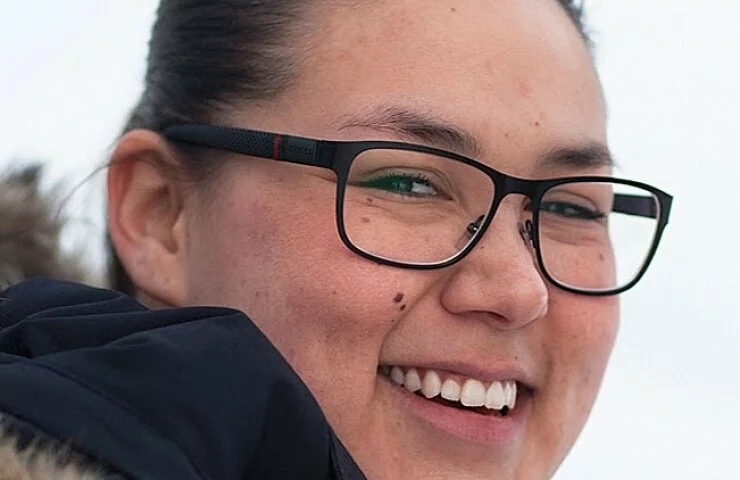
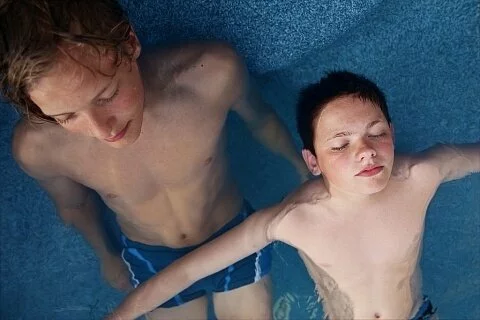
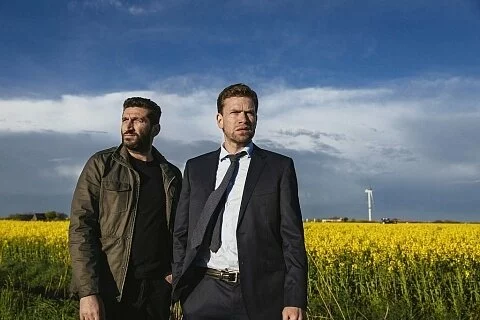
Leave a Reply